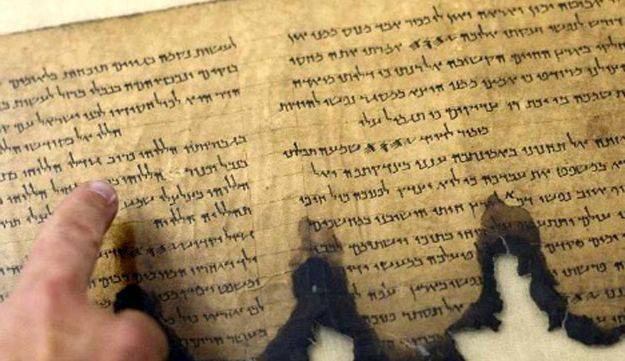Israeli scholars have pieced together and deciphered one of two previously unread manuscripts of the Dead Sea Scrolls more than half a century since their discovery, an Israeli university said.
The more than 60 tiny fragments of parchment bearing encrypted Hebrew writing had previously been thought to come from a variety of different scrolls, a Haifa University spokesman told AFP on Sunday.
But Eshbal Ratson and Jonathan Ben-Dov of the university's Bible studies department found the pieces all fit together after they started examining them just under a year ago, Ilan Yavelberg said.
“They put it all together and said it was actually one scroll,” he said.
A Haifa University statement said that Ratson and Ben-Dov were now working on deciphering the last remaining scroll.
The Dead Sea Scrolls, which include the oldest known manuscripts of the Hebrew Bible, date from the third century BC to the first century AD.
Numbering around 900, they were discovered between 1947 and 1956 in the Qumran caves above the Dead Sea.
The parchment and papyrus scrolls contain Hebrew, Greek and Aramaic writing, and include several of the earliest-known texts from the Bible, including the oldest surviving copy of the Ten Commandments.
Many experts believe the manuscripts of the Dead Sea were written by the Essenes, a dissident Jewish sect that had retreated into the Judaean desert around Qumran and its caves.
The latest deciphered scroll contains references to the 364-day calendar used by the sect, as opposed to the lunar calendar used in Jewish religious practice today.
It also refers to annual wine and olive harvest festivals no longer observed in Judaism.






